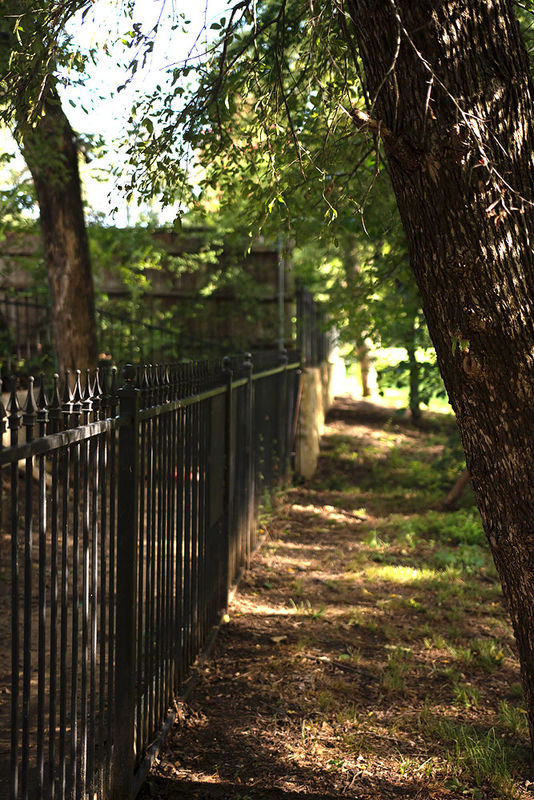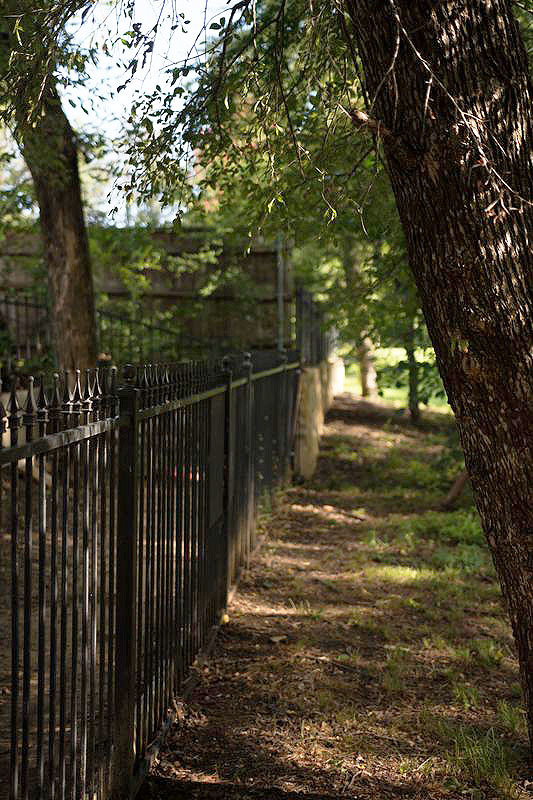D7200 Meter always 1-2 stops underexposed... HELP
Aug 21, 2016 14:02:28 #
Gdelvecc wrote:
Almost every Photo I take using the built in meter... (show quote)
Without theory or explanation, just bumped exposure 2 stops.

Aug 21, 2016 15:35:32 #
I apologize to all.. Don't know how that happened, but there it is!!! I feel like an idiot, well if the shoe fits........
Aug 21, 2016 15:45:38 #
Aug 21, 2016 16:53:14 #
Gdelvecc wrote:
Almost every Photo I take using the built in meter... (show quote)
Spot metering is the likely culprit. You must compensate for mode. By the way, the camera indicates exposure compensation deployment in the viewfinder and on the LCD display. You might want to heed it.
Aug 21, 2016 16:55:06 #
Gdelvecc wrote:
Almost every Photo I take using the built in meter... (show quote)
How do you know it's underexposed by one or two stops?
Edited to add: I see that the answer was that you had -2 exposure compensation dialed in.
PS: The histogram cannot tell you what's underexposed or overexposed so forget that.
You might think about reading about exposure and placing exposure and stuff, that would probably be valuable. I know it is for me.
Aug 21, 2016 17:16:30 #
Gdelvecc wrote:
I apologize to all.. Don't know how that happened, but there it is!!! I feel like an idiot, well if the shoe fits........
No need to apologize. If we all had to apologize every time we had an OOPS!, we would need a separate apology section.

--
Aug 22, 2016 07:09:32 #
I have read thru all the comments and remarks posted here. I noticed that the original poster stated that he tried everything to set the -2 stop value back to normal setting. Have you tried a reset?? Nikon D7200 Factory Reset: To restoring Nikon D7200 to its default settings, just hold down the [ISO button] button and the [+/- Exposure Compensation button] together, until the control panel turns off briefly while the camera resets itself to the factory default settings.Apr 16, 2015 . Google does wonders for me you just have to know how to phrase the questions.
I hope this is some help.
I hope this is some help.
Aug 22, 2016 07:12:11 #
DaveHam
Loc: Reading UK
I've found a lot of my Nikon equipment is conservative with metering; my D800 and D810 are about a stop off and the D4/D4S about a half stop. I mentioned this to Nikon who agree that their metering, especially spot and centre weighted, tend to be a little on the safe side.
Aug 22, 2016 07:19:35 #
DaveHam wrote:
I've found a lot of my Nikon equipment is conservative with metering; my D800 and D810 are about a stop off and the D4/D4S about a half stop. I mentioned this to Nikon who agree that their metering, especially spot and centre weighted, tend to be a little on the safe side.
I have found the same
Aug 22, 2016 07:33:28 #
Gdelvecc wrote:
I apologize to all.. Don't know how that happened, but there it is!!! I feel like an idiot, well if the shoe fits........
One way that can happen is if you have bracketing on. It does not clear when you turn the camera off. I learned that the hard way.
Aug 22, 2016 08:30:45 #
I seriously question if your meter is off but that is easy to check by a technician.
For the exposure and when you have the time (stationary subjects) the histogram is your best friend. Always try exposing more to the right but without clipping the highlights. That means never let the histogram reach the right end. Because of the dynamic range of modern cameras it is very easy to open the shadows but a clipped highlights has no way to be fixed.
Your hand held incident meter gives you a reading equivalent to a middle tonality which means that being that reading in the middle of the dynamic range the tonal distribution will be appropriate for a good exposure. Spot metering is very accurate in the right hands but at times it is necessary to add compensation since it acts as a reflective type meter. In this particular case if you meter from the shadow areas you have to close one stop to make shadow dark in the file.
I opened the shadows of your shot and this is the new rendition.
For the exposure and when you have the time (stationary subjects) the histogram is your best friend. Always try exposing more to the right but without clipping the highlights. That means never let the histogram reach the right end. Because of the dynamic range of modern cameras it is very easy to open the shadows but a clipped highlights has no way to be fixed.
Your hand held incident meter gives you a reading equivalent to a middle tonality which means that being that reading in the middle of the dynamic range the tonal distribution will be appropriate for a good exposure. Spot metering is very accurate in the right hands but at times it is necessary to add compensation since it acts as a reflective type meter. In this particular case if you meter from the shadow areas you have to close one stop to make shadow dark in the file.
I opened the shadows of your shot and this is the new rendition.

Aug 22, 2016 09:51:22 #
DaveHam
Loc: Reading UK
When using the histogram beware the statement 'it must never clip' as commonly situations exist where clipping is inevitable. Examples would be a street light in an evening, the sun at any point if it is in the shot, bright sky if you are shooting in a dark environment such as the shade of a wood. A good exposure is perhaps the one where if clipping is inevitable the clipping is controlled. Too many times under exposure of the main component of an image occurs because of caution with a small amount of blow out. If the shot needs the potentially blown out areas to be brought back then you may need to resort to image blending or hdr to deal with the dynamic range you are faced with.
Aug 22, 2016 10:11:38 #
I don't have this particular camera, but rather a Canon 5Dii. I have a similar situation, but have learned from other on-line forums that it is not unusual. Mine does the opposite, in that I need to set to a minus 1/3 stop. Now, as a matter of routine, I bracket, -1/3, -2/3, and 0 for my shots. I was surprised that depending upon the contrast between the highlights and the shadows, it is not always the same EV that gives the best result. And I've learned that sometimes, I need to put the main setting back to 0, with a -1/3 and a +1/3 bracket, depending upon conditions. Once I got over having the camera set by that method, the results turn out fine. By the way, I use aperture priority, and adjust the ISO to suit the lighting conditions. Hope this helps.
Aug 22, 2016 10:28:07 #
Gdelvecc wrote:
Almost every Photo I take using the built in meter... (show quote)
This photograph looks fine to me too. Sure it is a bit on the somber or dingy side, but it is supposed to be dark in shadows.


Aug 22, 2016 10:33:14 #
JimRPhoto wrote:
I don't have this particular camera, but rather a ... (show quote)
I usually find I have my Pentax cameras set with EC to -2/3, -1/2, -1/3 to 0 and shoot in Av at ISO 100 to 200. And I do check the Tv to be sure it is appropriate.

If you want to reply, then register here. Registration is free and your account is created instantly, so you can post right away.








